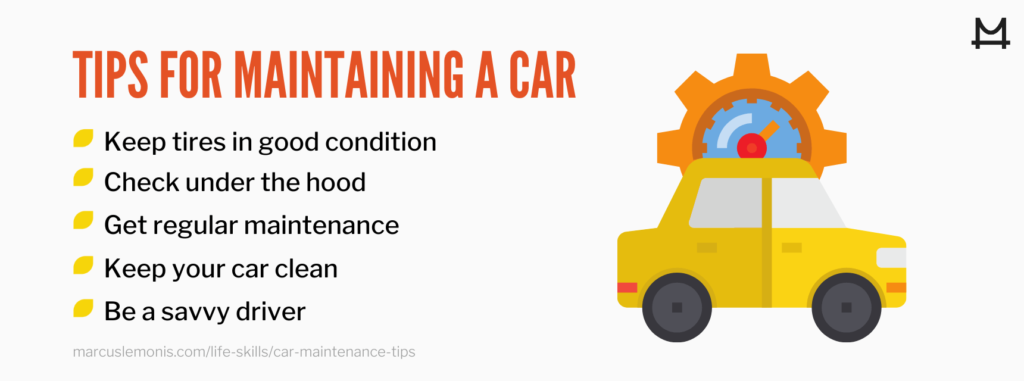Blitz News Digest
Stay updated with the latest trends and insights.
Revive Your Ride: Quirky Tips for Keeping Your Car in Tip-Top Shape
Transform your car care routine with quirky tips to keep your ride in peak condition and make every drive a joy!
10 Unexpected Hacks to Keep Your Car Sparkling Clean
Keeping your car clean can often feel like a daunting task, but with these 10 unexpected hacks, you'll find it easier than ever to maintain that sparkling shine. One effective method involves using baby wipes for quick interior cleaning; they are gentle on surfaces and can effectively remove dust and grime without leaving behind streaks. In addition, using a squeegee to remove pet hair from upholstery can work wonders—just run the squeegee over the fabric, and watch as the hair clumps together for easy removal.
Another surprising hack is applying a coating of car wax to the interior dashboard to repel dust and dirt. Furthermore, consider keeping a box of moist disposable disinfectant wipes in your car for those unexpected spills or messes. Lastly, if you want your windows to stay cleaner for longer, try washing them with a mixture of vinegar and water. This not only gives your windows a streak-free finish but also helps to prevent dirt from adhering in the future. Start implementing these tips today for a consistently clean car!

How Often Should You Really Change Your Oil? A Myth-Busting Guide
When it comes to vehicle maintenance, one of the most commonly debated topics is how often should you really change your oil? Many car owners have been led to believe that they need to change their oil every 3,000 miles, a myth that dates back decades. In reality, oil technology has advanced significantly, and most modern vehicles can go much longer between oil changes. Depending on the vehicle type, driving habits, and oil quality, intervals can often stretch to 5,000 to 10,000 miles or even longer. Always refer to your owner's manual for the manufacturer's recommendations to ensure optimal engine performance.
Another factor that influences how often you should change your oil is the type of oil used. Synthetic oils, for example, offer superior protection and can typically last longer than conventional oils. Moreover, driving conditions play a crucial role; idling in traffic, towing heavy loads, or driving in extreme temperatures can necessitate more frequent changes. As a general guideline, consider monitoring your oil levels and quality. If you notice a dark, gritty texture or if your oil has a burnt smell, it may be time for a change, regardless of mileage. In conclusion, understanding these factors can help you debunk myths and keep your engine running smoothly.
The Ultimate Checklist for a Road Trip Ready Vehicle: Are You Prepared?
Before hitting the open road, it's essential to ensure your vehicle is road trip ready. Start by checking your fluids: oil, coolant, brake, and windshield washer fluids. Additionally, inspect your tires for wear and proper inflation by looking for the recommended PSI on the driver’s side door. Don’t forget to examine your brakes and lights, which are crucial for safe driving. Here's a quick checklist to follow:
- Oil level and condition
- Coolant level
- Brake fluid
- Windshield washer fluid
- Tire condition and inflation
- Brakes and headlights
Another vital aspect of preparing for a road trip is the emergency kit. Having a well-equipped emergency kit can make all the difference during unexpected situations. Be sure to include essential items such as a first-aid kit, flashlight, jumper cables, and basic tools. It's also wise to pack snacks, water, and a spare tire. A detailed checklist ensures you don’t miss any necessities:
- First-aid kit
- Flashlight
- Jumper cables
- Basic toolset
- Snacks and water
- Spare tire